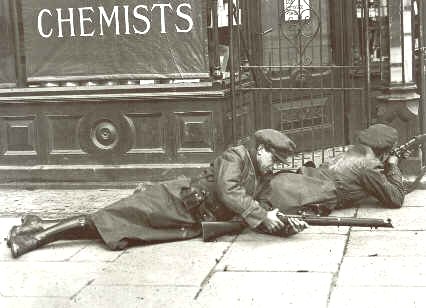The Northern Irish conflict, also known as The Troubles, is a conflict that most people in Northern Europe have heard of. Many people think that the conflict itself is a dispute between the catholic and the protestant in Ireland, even though this is not entirely true. It is true though, that the conflict first started several centuries ago when Henry 8. established a protestant rule in the catholic country of Ireland. Despite of this event the protestant and the catholic parts of the population managed to live on together without too serious conflicts.
The real troubles in Ireland first started when Ireland became an independent state in 1922. But in the north of the new state a little part of the land remained under the rule of England, a land that was named Northern Ireland. This resulted in a divided population, and it did not take long time before the Irish Republican Army, also known as the IRA, began to fight for a united Ireland.
The conflict soon stood between the ones that wanted Northern Ireland to stay united with England, often referred to as loyalists, and the ones that wanted Northern Ireland to be a part of Ireland, also called republicans. The conflict only grew more and more violent during the 20th century, and the main target for the republicans became to achieve equal citizen rights for all people in Northern Ireland. In 1969 had the conflict spread to the larger cities, and the violence became so serious that “so called” neutral British military forces were used. The fights went on for years, before the parts in 1997 where able to agree on a truce. Today we can still hear about the IRA and the Northern Irish conflict on the news sometimes. The situation is today stabile, even though the IRA still is active.
